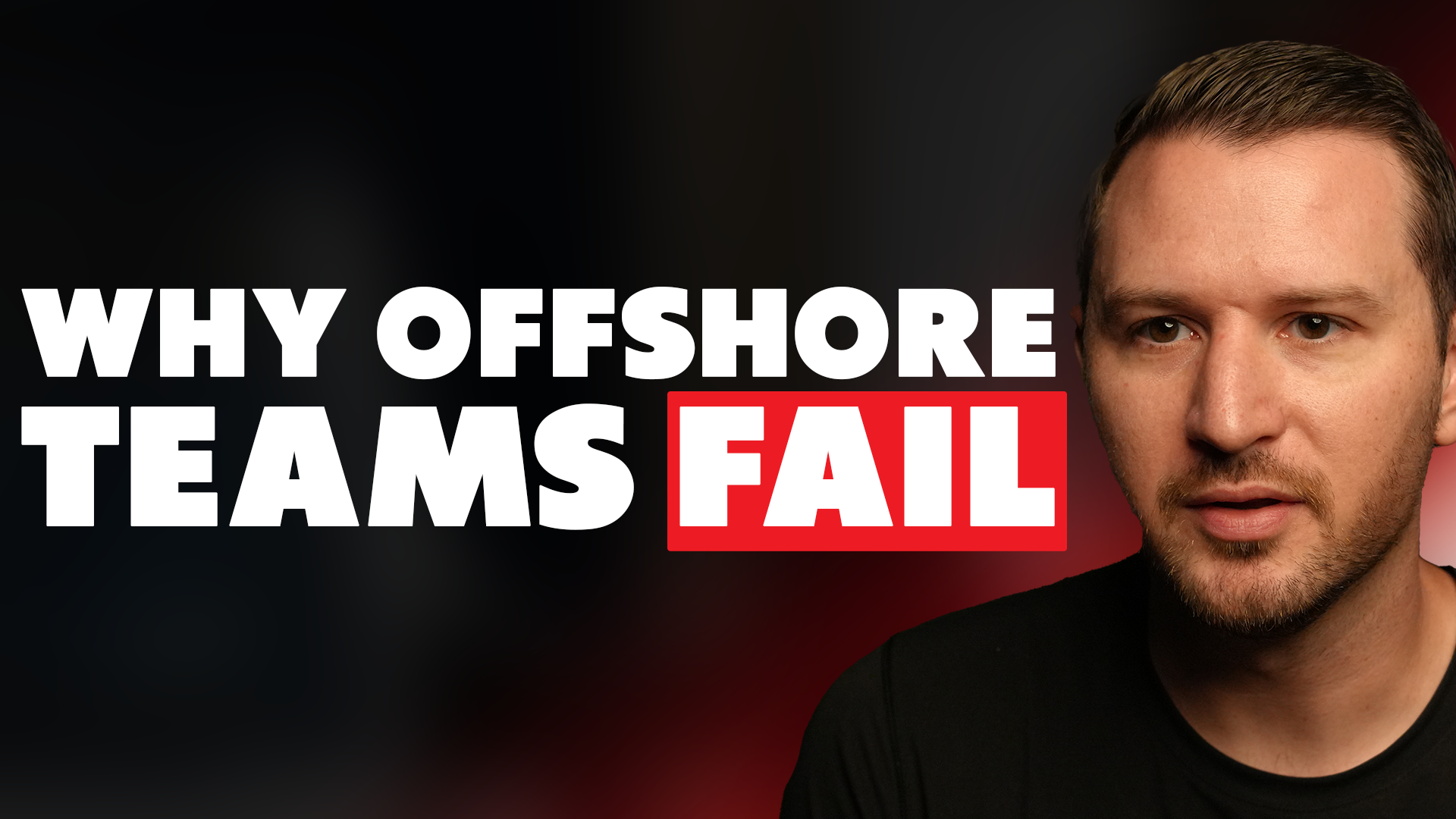Buying a business is one of the fastest ways to grow. But only if you buy the right one.
It’s easy to look at a deal and think, “We can fix this.” Raise prices, improve margins, clean up operations. And yes, you can do all those things.
But that doesn’t mean you should.
Too often, operators buy a business that’s too far gone.
Low pricing
Bad customers
No margin to work with
You step in and suddenly the job becomes 90% recovery mode and 10% growth.
Below, I surface a handful of key points that’ll help you better define what a business acquisition target should look like.
Low Gross Margins Come With Hidden Costs
If you’re looking at an HVAC company with 30% gross margins, understand what that means.
It likely means they’ve been pricing too low for years. A furnace replacement that should be $6,000 is selling for $2,000. And now you want to raise prices?
You’re going to hit resistance. Hard.
- The customers won’t convert
- Your sales will drop before they recover
- The team may be conditioned to underquote
- The customer base may be full of bargain hunters
- You’ll burn time and energy trying to fix a model that was broken from the start
We’ve bought businesses like that. They looked like easy wins. But when you factor in the effort to retrain the team, reset customer expectations, and stabilize revenue, it’s often more pain than progress.
Just because you can fix a low-margin business doesn’t mean it’s worth it. You’re signing up for a slow climb when you could have bought altitude instead.
The Seller Is Part of the Deal
There’s something else we didn’t value enough early on: the owner.
You can get caught up in numbers and ignore the person handing over the keys, but the owner is the culture setter. If they’ve run the place with contempt for their team, that mindset trickles down.
We’ve had sellers who trashed their techs, blamed everyone but themselves, and treated the company like a burden. When that’s the leadership tone, you’re inheriting more than just low morale.
Here’s what we pay attention to now:
- Would you want to work for them?
- Do they take responsibility or deflect blame?
- Does the owner speak with pride or frustration?
- Do they seem aligned with the success of the transition?
These cues tell you what kind of foundation you’re walking into. Financials can look fine, but if the people are demoralized and the leadership has checked out, expect turbulence.
Our Current Buy Box (and How It’s Evolved)
Every operator should have a buy box. Ours has changed over time.
Today, here’s what we look for in every deal:
- A seller willing to carry paper (even just a small note)
- Some level of clean financials — no black box books
- Healthy vendor relationships and payment history
- Cash on delivery or manageable credit exposure
- Operational consistency — even if it’s not optimized
When we were earlier in our journey, we bought smaller. One to two million in annual revenue was our sweet spot. These deals helped us grow without stretching too far.
Now, those deals don’t move the needle. But they were perfect when we were under $10 million.
The point is this: your buy box should reflect your stage.
If you’re running a $200 million operation, a $2 million tuck-in won’t move the dial.
If you’re sub-$10 million, a $1.5 million deal could double your business.
Define Your Target Before You Shop
Too many operators look at whatever hits the market and try to talk themselves into it.
Flip that.
Define your buy box first, then filter aggressively. That means:
- Revenue range that makes sense for your current size
- Margin profile you’re comfortable inheriting
- Culture indicators that align with your values
- Financial records that give you a clear picture
When you know what you’re looking for, you waste less time, avoid projects disguised as opportunities, and move faster when the right deal shows up.
So before you run another P&L or ask for tax returns, step back.
What kind of business do you actually want to buy?
What kind will move you forward without dragging you down?
That’s the question worth answering.


.png)





.avif)
